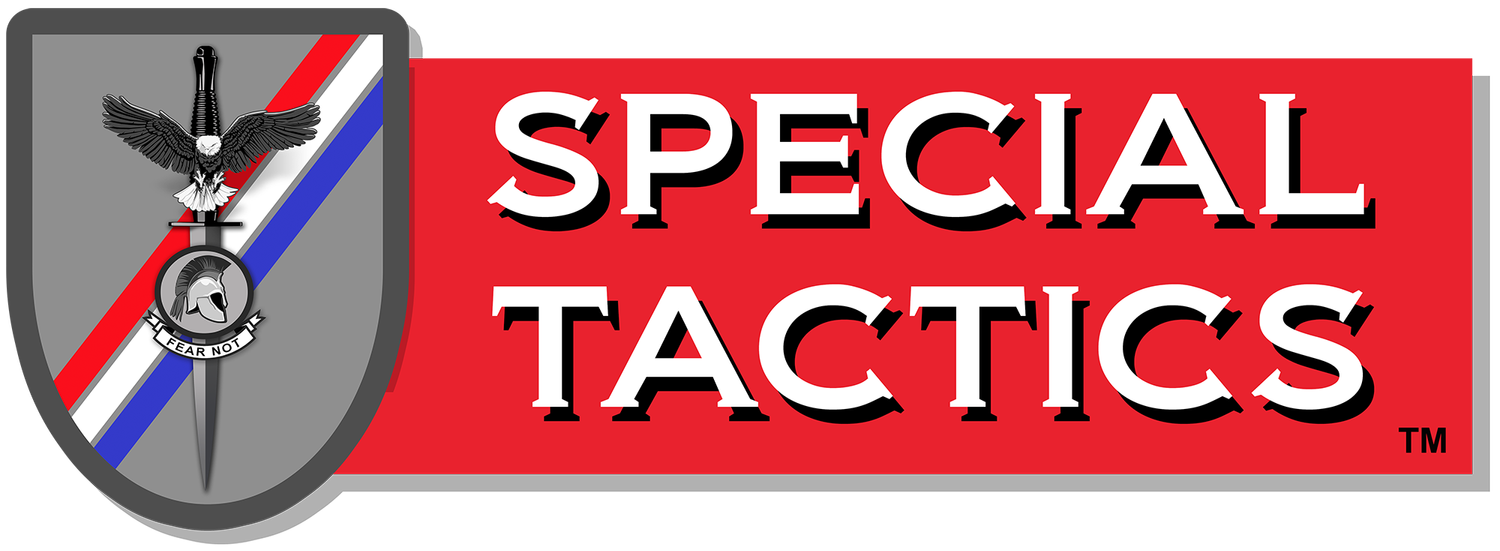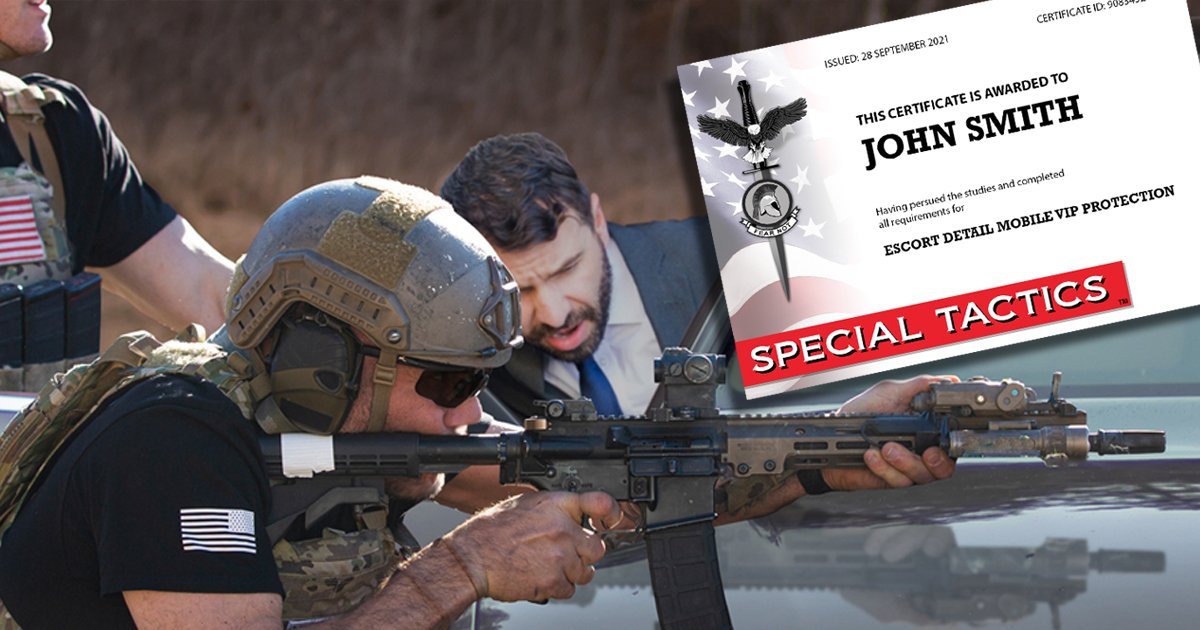Mobile Security Fundamentals
This short article is taken from our new Escort Detail Mobile VIP Protection Online Course. It discusses three fundamental concepts that are critical to effective mobile security. We welcome your reactions, comments and ideas on our Facebook page and if you like the article, click below to check out the online course. Those who complete the course will earn a serial-numbered completion certificate.
Mobile Security: Fundamental Concepts
Mobile security focuses on protecting the VIP when he/she is moving from one point to another. The VIP could be moving from his/her home to a venue or moving between scheduled and unscheduled stops. While the techniques of VIP protection vary widely depending on the situation and a number of influencing factors, there are certain core concepts and fundamentals that apply to almost all aspects of mobile security operations.
Cover, Concealment and Screening
Cover and concealment are some of the most basic and important concepts in all types of modern combat operations. However, remarkably, it is very common for even experienced security professionals, law enforcement officers and military personnel to fail to take advantage of cover and concealment, even when under hostile fire. When conducting protection operations in particular, you must take maximum advantage of cover and concealment at all times to ensure the safety of the VIP and the rest of the security detail. It is also critical to take advantage of screening whenever possible, using objects and obstacles to screen the detail or motorcade from hostile observation.
When you are not under fire and operating under normal conditions, you should still be mindful of cover, concealment and screening. This means, if you are standing still, it is better not to stand in the open but instead stand near a large object or piece of cover. Even if you are not actually crouching down and taking cover behind that object, it will provide some degree of protection. More importantly, should you need cover quickly, you will be standing right next to it and won’t have to run to cover first and then get down.
It is also important to provide “body coverage” for the VIP whenever possible. This means that if you are opening the door for the VIP or helping him/her out of a vehicle, you should position yourself so your body is shielding the VIP from view and potential hostile fire. This sometimes requires you to move closer to the VIP and angle your body differently. Body coverage becomes more effective if you are wearing armor.
Finally, cover and concealment becomes even more important when you are under fire. If you are taking hostile fire, do not run out into the open if you can take cover behind a solid object or vehicle. When taking cover behind an unarmored vehicle, try to remain behind the engine block and/or wheel well. When exiting a vehicle, do not get out on the side from which the fire is coming, crawl across and exit on the opposite side. In some cases, opening doors will offer some extra concealment. In other cases, closing doors will enhance the cover provided by a vehicle. All of these examples emphasize the importance of cover, concealment and screening and show how it is critical to all aspects of protection operations.
Speed and Timing
Like cover and concealment, speed and timing are critical, core concepts that apply to all aspects of protection operations. In emergency situations, you must move fast. For example, if the motorcade is ambushed, it is essential to get out of the ambush zone as quickly as possible. This means there may not be time to find the perfect solution or fully assess the situation. The longer you remain in the ambush/kill zone (or “on the X”) the greater the chances that someone will be killed or injured.
There are many other cases when speed is essential. When crossloading the VIP from one vehicle to another, you want to minimize the time that the VIP is in the open, which means transferring the VIP as quickly as possible. When driving through an ambush, you should drive as fast as possible to quickly create distance from the hostile fire. As a 3-4 person detail, you are likely outnumbered by the adversary and have limited firepower and ammunition. Do not stay and try to shoot it out with the hostile ambush force. Use speed as security and move quickly away from danger.
Speed and timing are also closely connected. Being precise in the timing of your actions and movements also greatly increases security for the VIP. This concept applies to everything from ensuring the motorcade arrives precisely on time to synchronizing the opening and closing of doors to maximize the protection offered by the vehicles and minimize the chances of stray bullets ricocheting into the limo. In short, while speed is often critical, it is sometimes also important to ensure the timing of your actions is precisely controlled and synchronized.
Free-Flowing Flexibility
Many of the techniques in this course provide specific prescriptions for what particular detail members should do at specific times in specific situations. However, it is important to remember that procedures can change based on the situation and must remain flexible. This is particularly important when operating with a small detail of only 3-4 people. Every member of the detail must maintain situational awareness and be prepared to fill in and cover down for their fellow detail members.
For example, if a technique calls for the Officer in Charge (OIC) to crawl into the back seat of the Limo with the VIP, what happens if the OIC is injured or otherwise occupied? What happens if the OIC is unable to crawl into the back seat for any reason? If the detail has rigid, inflexible procedures, everything might shut down. However, in this case the Limo Driver must be prepared to take the OIC’s role and crawl into the back seat. The OIC will then have to immediately take on the driver’s responsibilities.
In the same scenario, what if neither the OIC or the driver is able to crawl into the back seat? In this case one of them might need to exit through the front door and re-enter the vehicle through the rear door. This same “free-flow” principle applies to all aspects of protection operations. If one detail member is providing cover to the right, the next detail member will cover the left, but if the first detail members covers the left, the next will remain flexible and cover the right. This is the concept of free-flowing flexibility.
We hope you found the short article useful and once again we welcome your reactions, comments or suggestions on our Facebook page where we frequently hold constructive discussions on tactics with people from various tactical backgrounds and experience levels. Also, click above if you would like to check out the full course on the Tactics Society academy page. Those who complete the course will earn a serial-numbered completion certificate.

